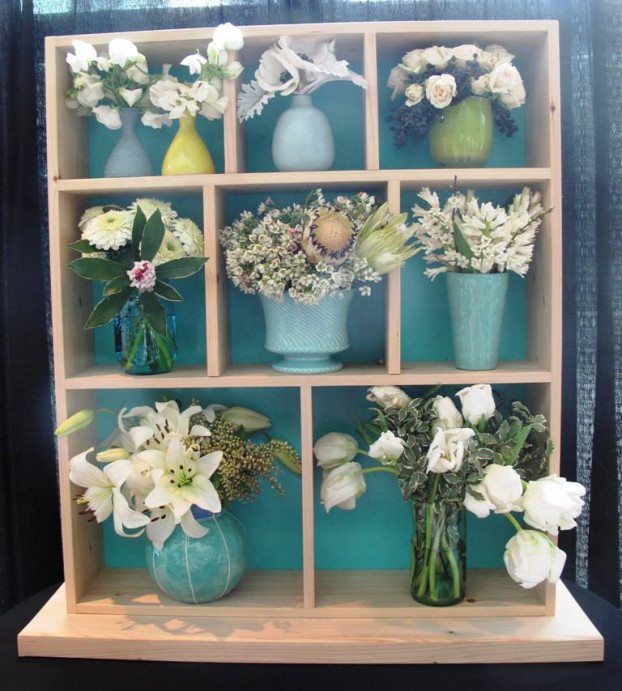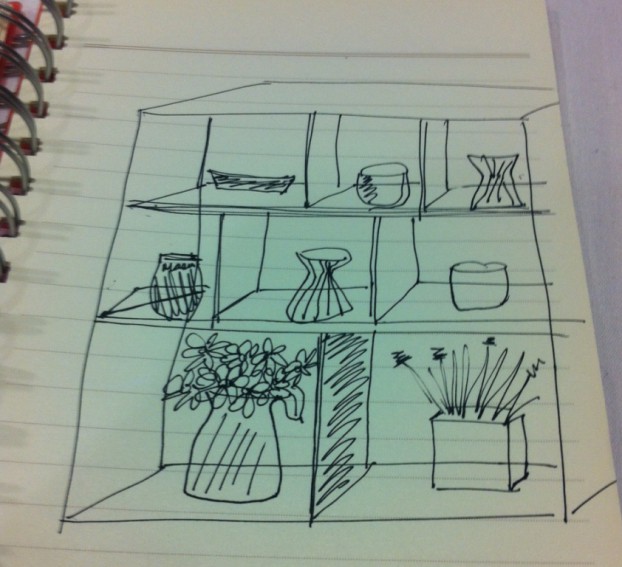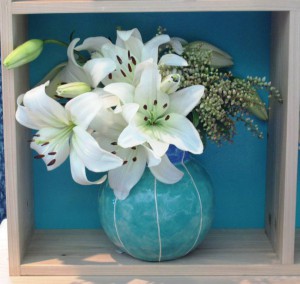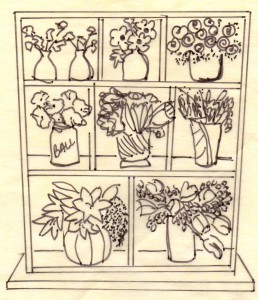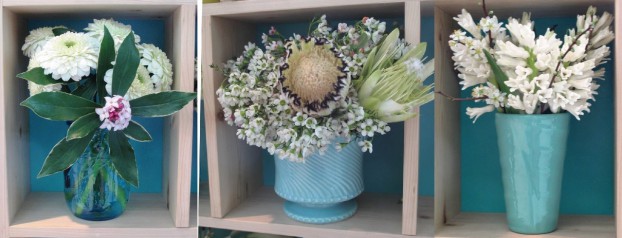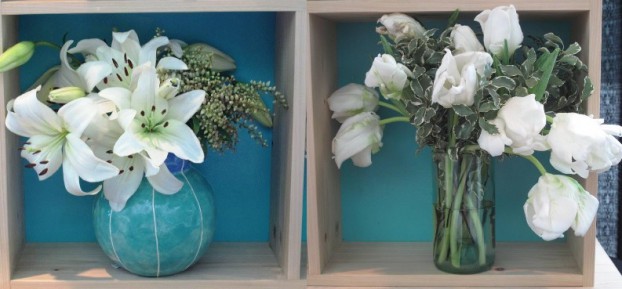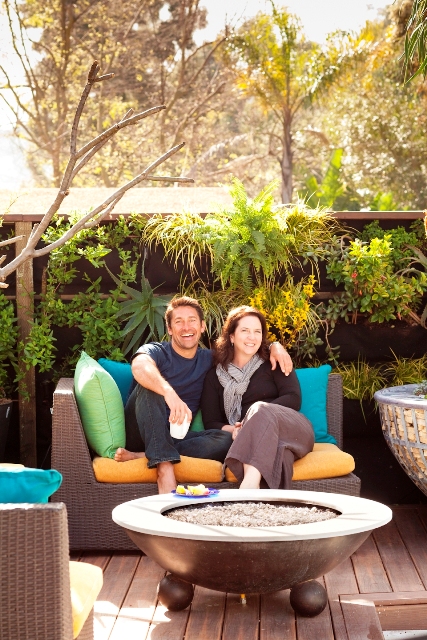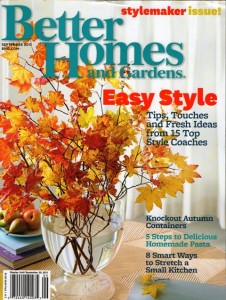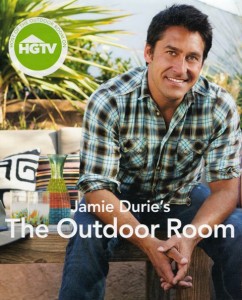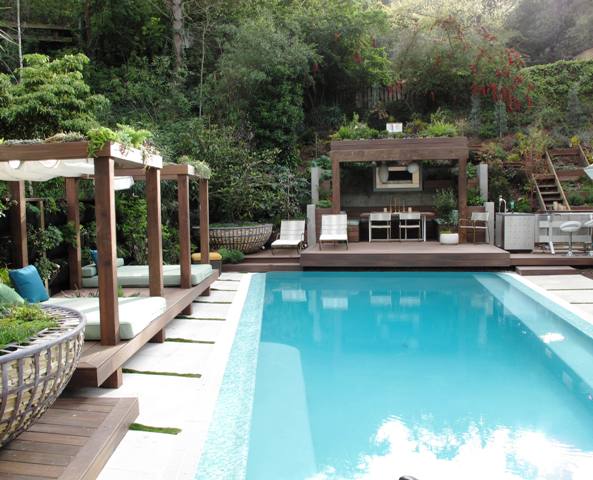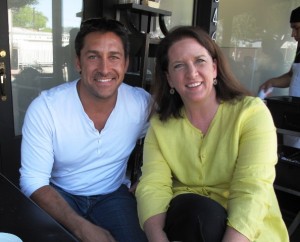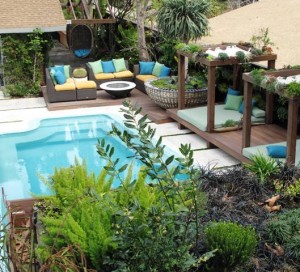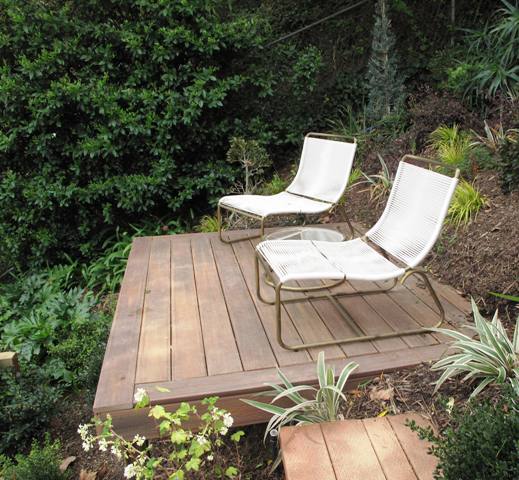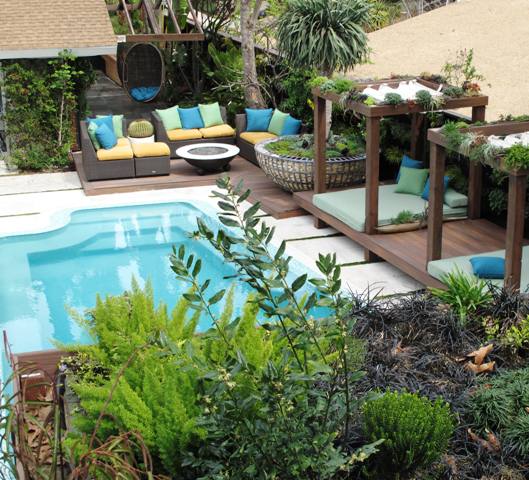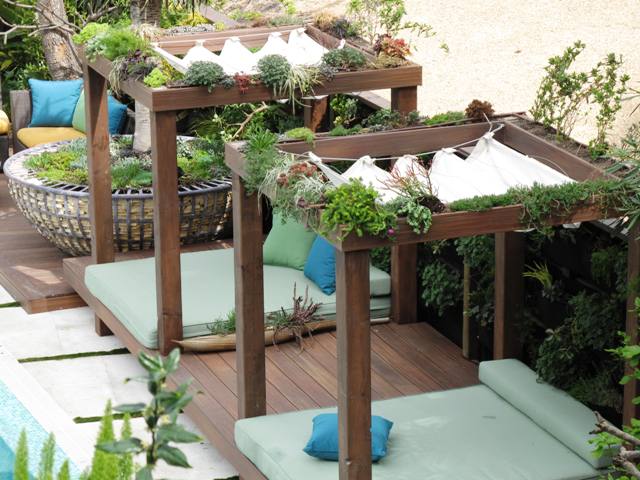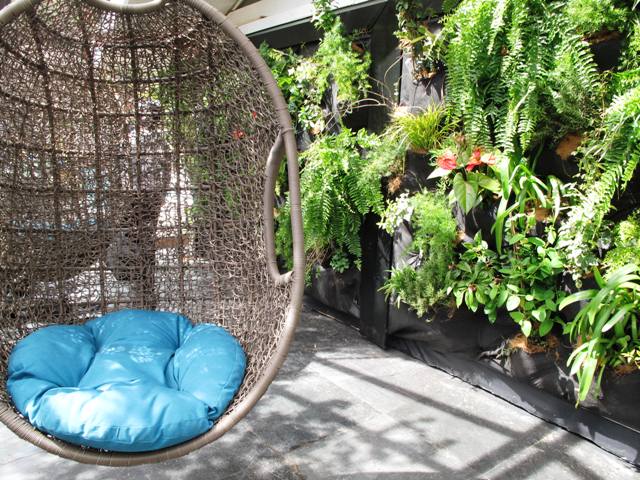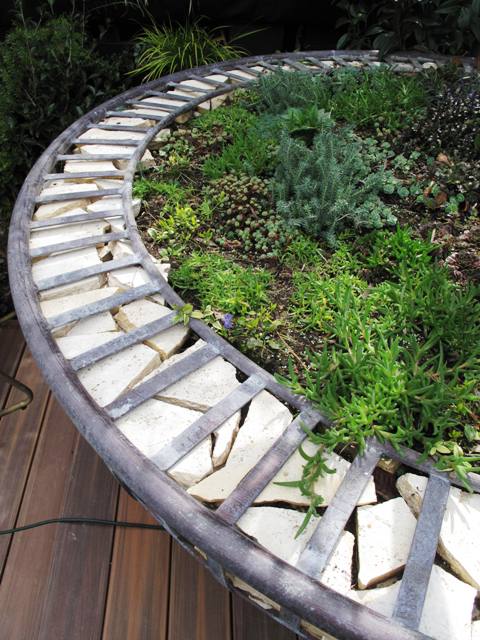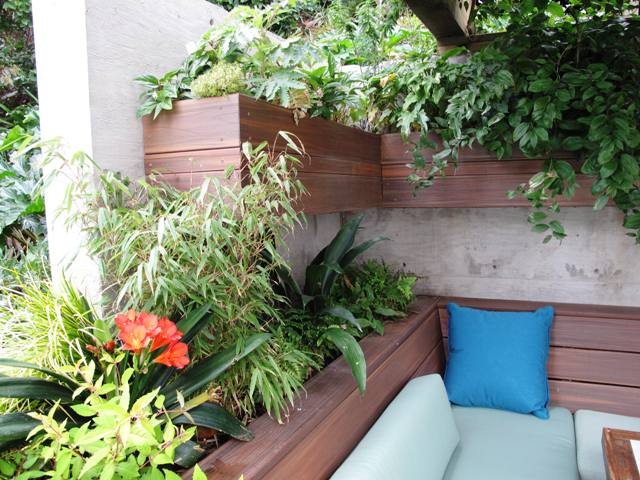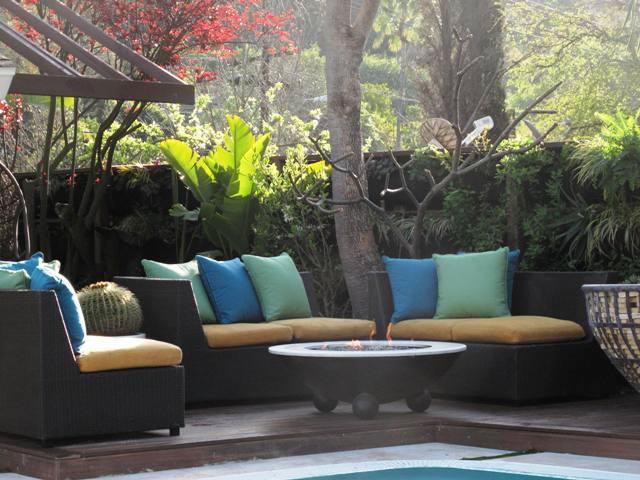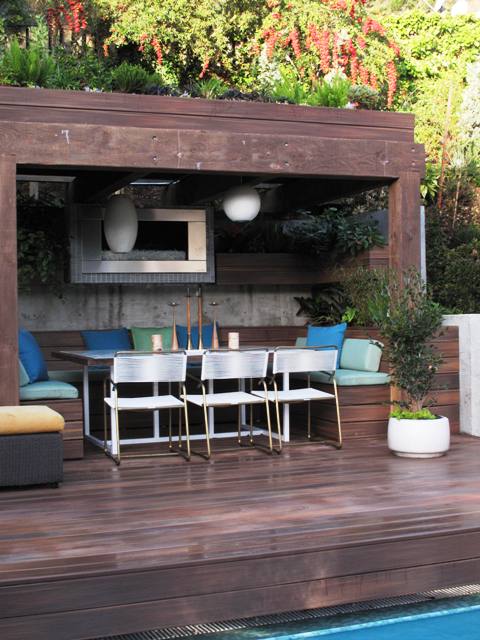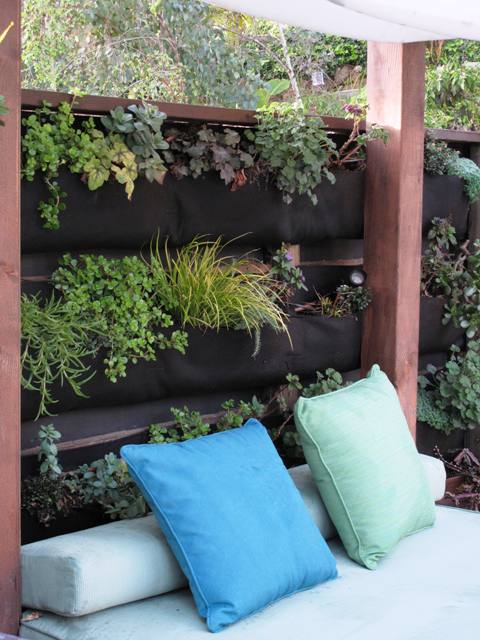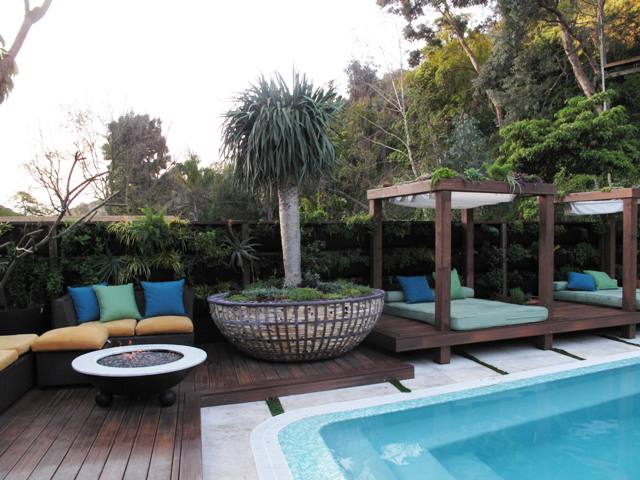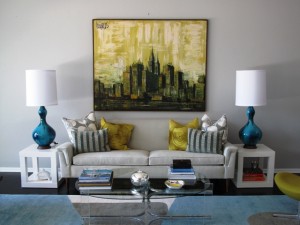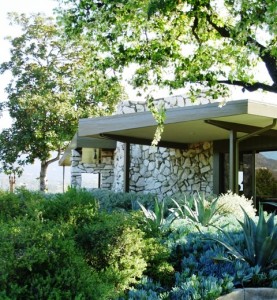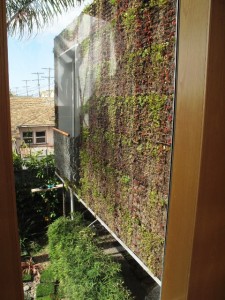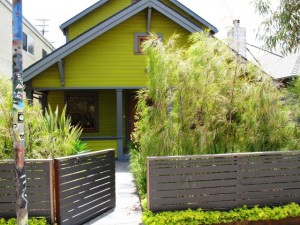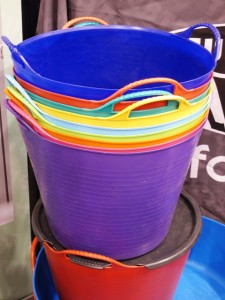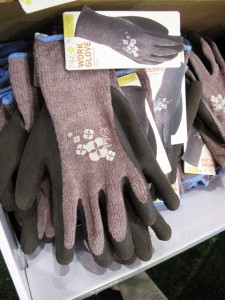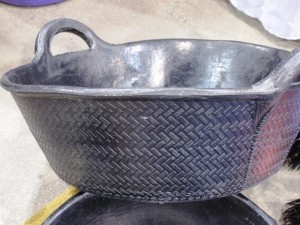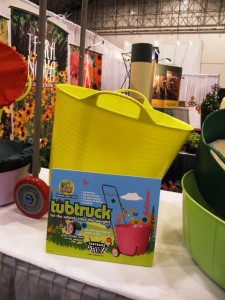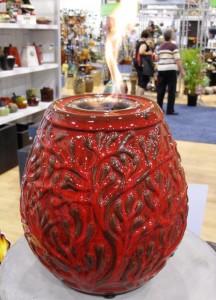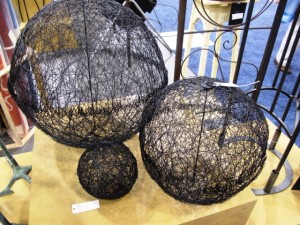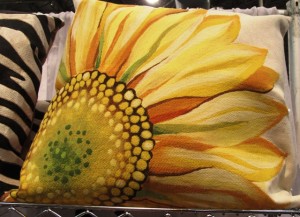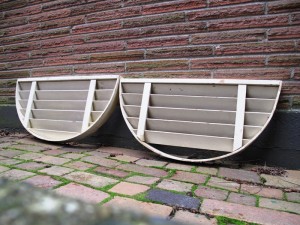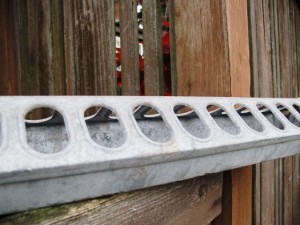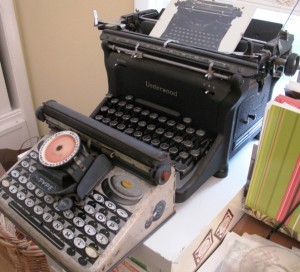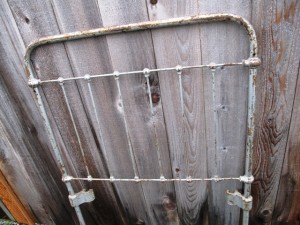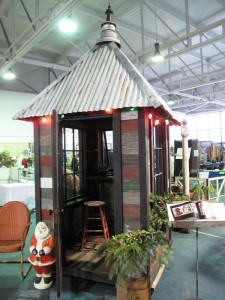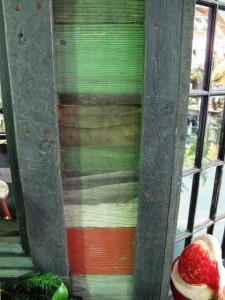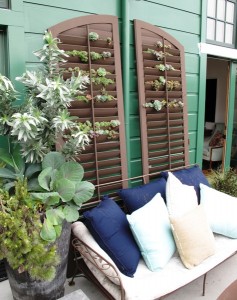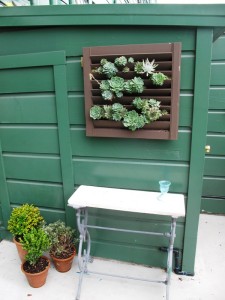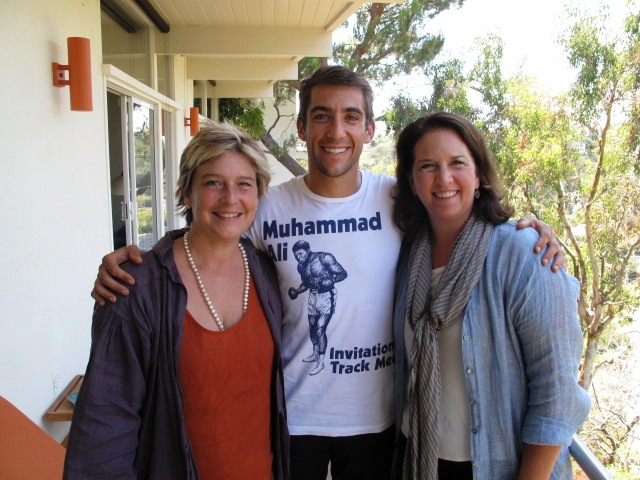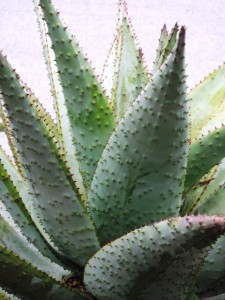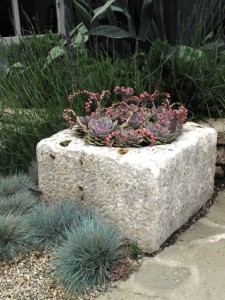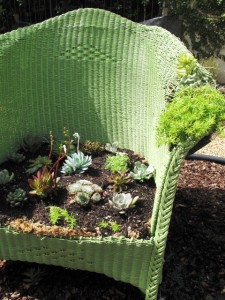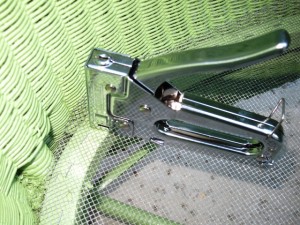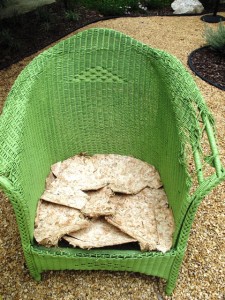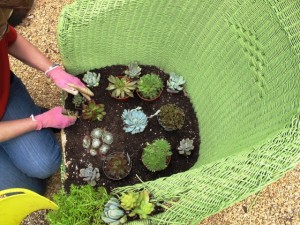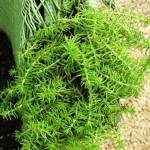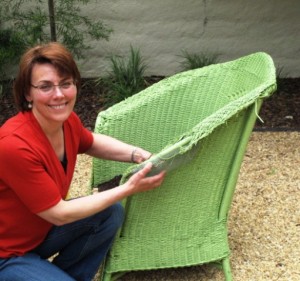Podcast: Play in new window | Download
Subscribe: Apple Podcasts | Podcast Index | RSS | More
Today, we’re sharing more insight about one of the themes of the 2022 Slow Flowers Floral Insights & Industry Forecast, released last month.
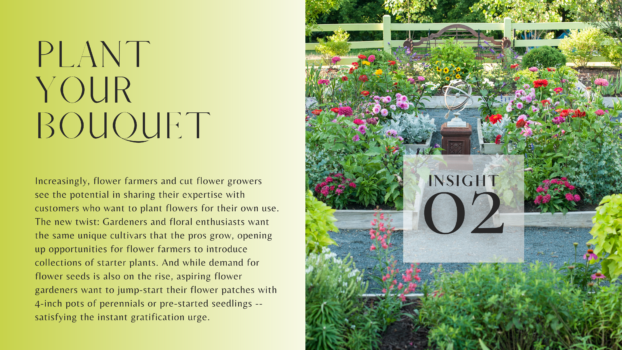
Our second insight is Plant Your Own Bouquet and today’s guest, Jen Healy, is one of the people who helped me realize this important shift in the marketplace.
When Jen first joined the Slow Flowers Society with her business J&B Garden Center, we jumped on the phone so I could get to know her better. That was very early in 2021 and I learned that J&B is an independent, family-owned retail garden and home decor destination in Albany, located about 70 miles south of Portland near Corvallis.
Jen and I discussed the important intersection between gardening and cut flower growing, and how she’s integrated the two world through the business she and her husband Brent Pockrus started in 2019.
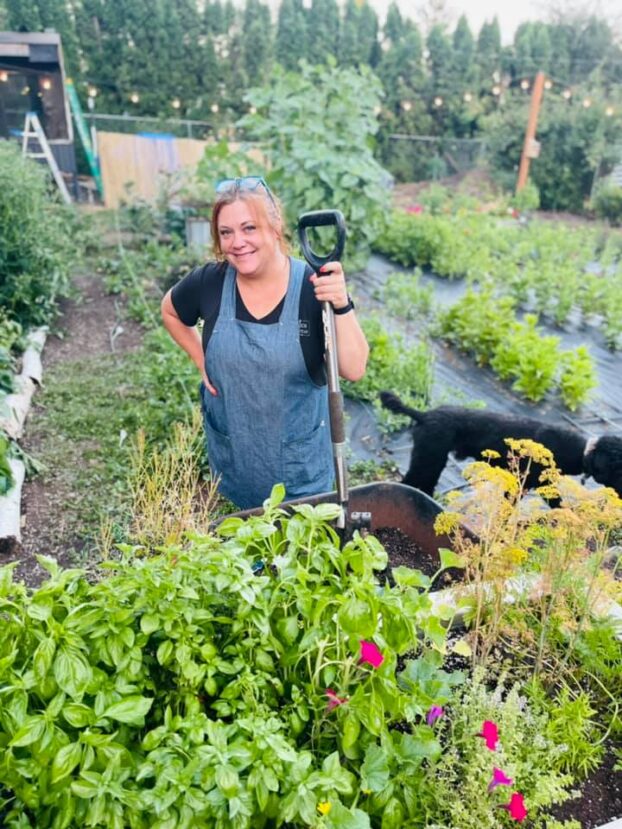
Today, we’ll meet Jen, talk about the floral program at J&B — and as a bonus, Jen will share her observations from last month’s Dallas Home & Gift Market. We’ll discuss five key trends that she noticed there — lifestyle and decor themes and concepts you will want to know all about for your floral enterprise.
Click below to download a PDF of our presentation deck with all of Jen’s scouting slides.
Thanks so much for joining us today to meet Jen Healy and learn from a true trendspotter who’s bringing her passion for cut flowers into the retail environment.
Find and follow J&B Garden Center:
On Facebook
On Instagram

As I mentioned in last week’s episode, Slow Flowers is moving into Valentine’s Day by producing five days of floral design workshops for the 2022 Northwest Flower & Garden Festival, which begins today, February 9th and continues through Sunday February 13th.
Be sure to follow our IG stories at slowflowerssociety.com each day, to see our design instructors — all Slow Flowers members. They include Bethany Little of Charles Little & Co., who is teaching romantic wreath design today; Bethany Syphers of Crowley House Farm, who will teach a flower crown workshop on Thursday; Kiara Hancock of K. Hancock Events, who will be teaching a centerpiece workshop on Friday; mom-and-daughter team Kim Gruetter and Tonnelli Gruetter of Salty Acres Farm, who will teach the tiny bouquet workshop on Saturday and Tobey Nelson of Tobey Nelson Events & Design’s botanical jewelry workshop on Sunday.
I’m super excited to get a jump start on spring and the NW Flower & Garden Show is definitely the way to do it here in Seattle. Oh, and I can’t overlook shout-outs to our members and Bloom Imprint authors who are also speaking at the show: Jennifer and Adam O’Neal of PepperHarrow Farm are speaking three times, including about their new book Small Farm, Big Dreams, and competing head-to-head on the Container Wars stage (I’ll try and grab footage of that match up!), and Julie Beeler of Bloom & Dye, who will teach Colors from the Dye Garden.
So what are you waiting for? If you’re in the Seattle area and you want a pair of tickets, I’ll be giving away two sets of tickets to the first two Members who comment in today’s show notes at slowflowerspodcast.com or who send us a DM at slowflowerssociety on IG.
Thank you to our Sponsors
This show is brought to you by Slowflowers.com, the free, online directory to more than 880 florists, shops, and studios who design with local, seasonal and sustainable flowers and to the farms that grow those blooms. It’s the conscious choice for buying and sending flowers.
Thank you to our lead sponsor, returning for 2022, Farmgirl Flowers. Farmgirl Flowers delivers iconic burlap-wrapped bouquets and lush, abundant arrangements to customers across the U.S., supporting U.S. flower farms by purchasing more than $10 million dollars of U.S.-grown fresh and seasonal flowers and foliage annually. Discover more atfarmgirlflowers.com.
Our next sponsor thanks goes to Store It Cold, creators of the revolutionary CoolBot, which you just heard Carlee mention as a new addition to her studio. Save $1000s when you build your own walk-in cooler with the CoolBot and an air conditioner. Don’t have time to build your own? They also have turnkey units available. Learn more at storeitcold.com
Our next sponsor thanks goes to Flowerfarm.com, a leading wholesale flower distributor that sources from carefully-selected flower farms to offer high-performing fresh flowers sent directly from the farm straight to you. You can shop by flower and by country of origin at flowerfarm.com — and find flowers and foliage from California, Florida, Oregon and Washington by using the “Origin” selection tool in your search. Learn more at flowerfarm.com.
Our final sponsor thanks goes to Association of Specialty Cut Flower Growers. Formed in 1988, ASCFG was created to educate, unite, and support commercial cut flower growers. It mission is to help growers produce high-quality floral material, and to foster and promote the local availability of that product. Learn more at ascfg.org.
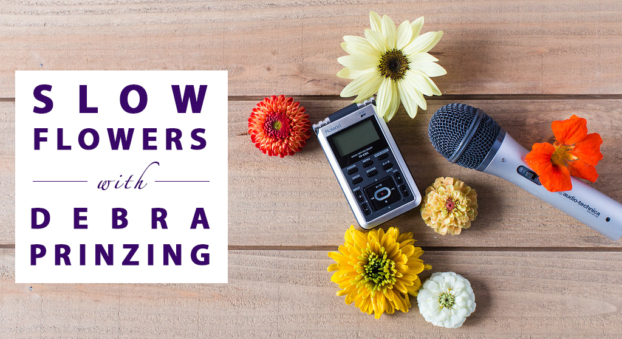
Thanks so much for joining us today! The Slow Flowers Podcast is a member-supported endeavor, downloaded more than 813,000 times by listeners like you. Thank you for listening, commenting and sharing – it means so much. As our movement gains more supporters and more passionate participants who believe in the importance of our domestic cut flower industry, the momentum is contagious. I know you feel it, too.
If you’re new to our weekly Show and our long-running Podcast, check out all of our resources at Slow Flowers Society.com and consider making a donation to sustain Slow Flowers’ ongoing advocacy, education and outreach activities. You can find the donate button in the column to the right at debraprinzing.com
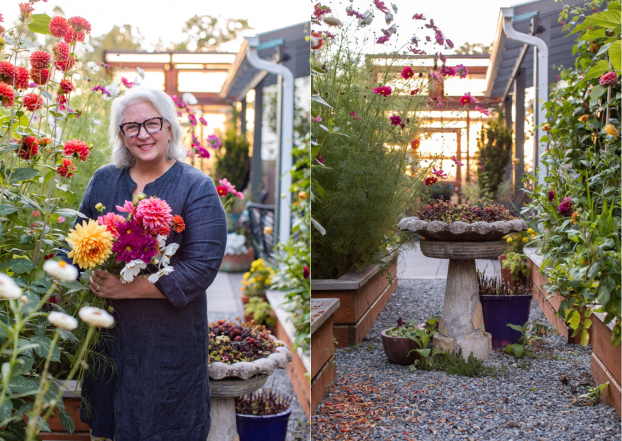
I’m Debra Prinzing, host and producer of the Slow Flowers Show & Podcast. Next week, you’re invited to join me in putting more Slow Flowers on the table, one stem, one vase at a time. The content and opinions expressed here are either mine alone or those of my guests alone, independent of any podcast sponsor or other person, company or organization.
The Slow Flowers Podcast is engineered and edited by Andrew Brenlan. You can learn more about Andrew’s work at soundbodymovement.com.
Music Credits:
For We Shall Know Speed;
Turning on the Lights;
Gaena
by Blue Dot Sessions
http://www.sessions.blue
Lovely
by Tryad
http://tryad.bandcamp.com/album/instrumentals
http://creativecommons.org/licenses/by-sa/3.0/
In The Field
audionautix.com









